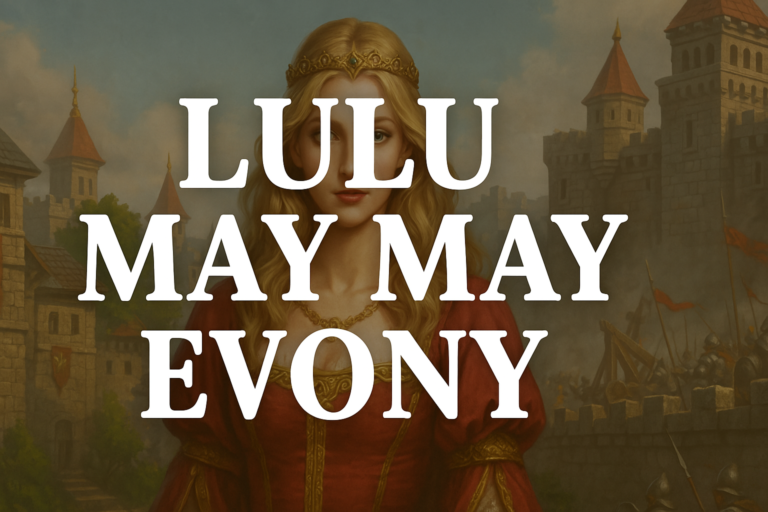how to write my name justin burns in metaneture egyptian When you begin exploring ancient scripts and symbols, a fascinating world of culture and mystery unfolds. One such intriguing script is the Metaneter Egyptian, often referred to as Medu Netjer or hieroglyphs. For those asking, “How to write my name, Justin Burns, in Metaneter Egyptian,” the answer requires a deep dive into ancient Egyptian phonetics, symbolism, and the translation methods that link modern alphabets to hieroglyphic writing. This article will walk you through that process in a clear and educational way.
What is Metanarrative Egyptian?
The term Metu Metaneture, also known as Medu Netjer, literally translates to “words of the gods.” It is the writing system used by ancient Egyptians primarily for religious texts, monumental inscriptions, and ceremonial documents. These hieroglyphs are composed of logographic and alphabetic elements. Understanding metanature is not only about deciphering symbols but also appreciating the spiritual and cultural weight these symbols carry.
Unlike modern alphabets, which are primarily phonetic, Metanature combines ideograms (symbols representing ideas or objects), phonograms (symbols representing sounds), and determinatives (symbols that clarify the meaning of a word). To write any modern name like Justin Burns in this script, one must first break it down phonetically.
Also Read: Understanding MSS54 ECU Programming: A Complete Guide
Phonetic Breakdown of the Name Justin Burns
Before translating a name into Metaneter Egyptian, it essential to consider how the name sounds rather than how it spelled. Ancient Egyptian did not use letters like J or U as we recognize them today. Instead, they used the closest phonetic equivalents.
The name Justin phonetically sounds like “Juhs-tin,” and Burns sounds like “Berns.”
Since Egyptian hieroglyphs do not contain exact equivalents of all modern letters, adaptations are made:
- The “J” sound often represented by the cobra hieroglyph, which has a similar “dj” sound
- The “U” approximated by the quail chick, representing a “w” sound
- The “S” and “T” sounds are available in hieroglyphic form
- The “I” can be shown using a reed symbol
- The “N” represented by a water ripple symbol
- The “B” sound is represented by the foot hieroglyph
- The “R” symbolized by the mouth hieroglyph
- The second “N” and the “S” in Burns follow the same pattern as earlier
Translating Justin Burns into Metaneter Egyptian
Using the phonetic interpretations and corresponding hieroglyphs, we can now construct a Metanature version of the name Justin Burns. The sequence of symbols will be chosen to represent the closest phonetic match:
For Justin:
- Cobra (dj)
- Quail chick (w)
- Folded cloth(s)
- Bread loaf (t)
- Reed leaf (i)
- Water ripple (n)
For Burns:
- Foot (b)
- Mouth (r)
- Water ripple (n)
- Folded cloth(s)
This sequence visually replicates the sounds of the name Justin Burns using symbols from the Metanature script. It is important to understand that this is a phonetic approximation rather than a literal translation.
Writing Justin Burns in Hieroglyphic Form
To physically write Justin Burns in Metaneter Egyptian, you would align the above-mentioned hieroglyphs either horizontally or vertically, depending on traditional Egyptian layout. In ancient Egypt, texts were written in both orientations and could be read left-to-right or right-to-left. The direction the hieroglyphic characters face determines the direction of reading.
Since this script holds artistic as well as linguistic value, the order and balance of symbols were essential. Modern representations aim to preserve these stylistic elements. You can find hieroglyphic translators online that allow you to input phonetics and receive hieroglyphic output.
Cultural Importance of Metanature Writing
Understanding how to write names in Metaneter Egyptian is not just about the symbolism but also about appreciating the culture from which it comes. Names in ancient Egypt were considered powerful and sacred. To inscribe a name in hieroglyphs was to grant it a place in eternity, often carved into tombs and temple walls for protection and remembrance.
Writing your name in Metanature is therefore more than a novelty. It is an act of connecting with an ancient civilization that revered the spoken and written word. The process encourages awareness of ancient phonetics, religious connotations, and artistic traditions.
Modern Usage and Tools
Today, many artists, historians, and enthusiasts use Metaneter Egyptian to personalize art, tattoos, and educational projects. Online tools such as hieroglyphic translators and dictionaries help users find phonetic equivalents and correct symbols. However, the accuracy of these tools can vary, so it is advisable to cross-reference with scholarly resources.
If you are looking to inscribe Justin Burns into jewelry, calligraphy, or digital artwork, consulting a professional with experience in hieroglyphics ensures authenticity. Egyptian museums and academic websites often provide valuable guides for beginners.
Challenges in Translation
One major challenge in writing modern names like Justin Burns in Metaneture is the lack of one-to-one correspondence between modern letters and hieroglyphs. The ancient Egyptian language evolved over thousands of years, and certain sounds found in modern English simply did not exist.
Furthermore, vowel sounds were often omitted or implied in writing. This means that while “Justin” might be approximated in symbols, it won’t be an exact match. The goal not perfection but phonetic closeness, and that depends heavily on context and expert interpretation.
Educational Value of Learning Metaneter Egyptian
Learning how to write names in Metanature is an educational journey into linguistics, history, and art. It helps individuals better understand how ancient civilizations communicated and what values they prioritized. Schools and history programs increasingly include such explorations to foster cross-cultural appreciation and historical literacy.
Moreover, practicing Metanature encourages mindfulness and attention to detail. Every symbol has meaning, and their combinations tell stories of gods, kings, and everyday life. Writing your name in this language becomes a creative endeavor and a historical tribute.
Conclusion
Writing your name Justin Burns’s Metaneture Egyptian is a blend of phonetic adaptation, cultural understanding, and artistic expression. The ancient script of Metanature holds spiritual and historical significance that continues to captivate modern audiences. While exact translation is not always possible, the phonetic approximation using hieroglyphs offers a beautiful and meaningful way to see your name through the lens of one of humanity’s oldest written languages. Whether for personal interest, educational purposes, or artistic creation, learning to write in Metaneter opens a doorway into the majestic world of ancient Egypt.
FAQs
What does metanarrative Egyptian mean?
Metaneture, or Medu Netjer, translates to “words of the gods” and the script used in ancient Egyptian religious and ceremonial writing.
Is it possible to write every modern name in Metaneter Egyptian?
While not every sound has a direct equivalent, most names can be phonetically approximated using hieroglyphs.
Can I use an online translator to write my name in Metanature?
Yes, but accuracy varies. For best results, consult scholarly resources or experts in Egyptology.
Are vowels written in Metaneter Egyptian?
Vowels were often omitted or implied, which can make exact modern name translation difficult.
Is writing a name in Metaneter Egyptian considered culturally respectful?
When done with appreciation and understanding, it is generally seen as a respectful homage to ancient Egyptian culture.





